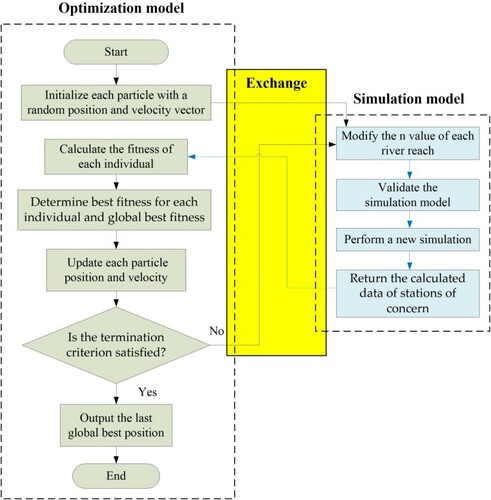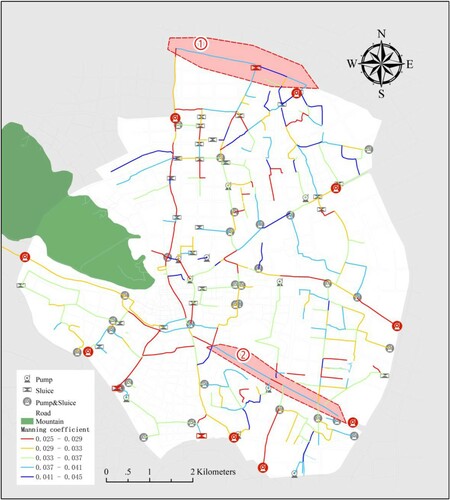Figures & data
Figure 1. Location of the study area and the spatial distribution of rivers, pumps, sluices, and gauging stations. The main water conservancy projects at the boundary of the CGPA are marked in red. Gauging stations are of two types: B1 to B8 and H1 to H12. The water-level time series data measured by these two types of stations are used for providing boundary conditions for the model simulations and for calibrating the Manning’s roughness coefficients by minimizing the overall discrepancies between the simulated and the measured data, respectively.
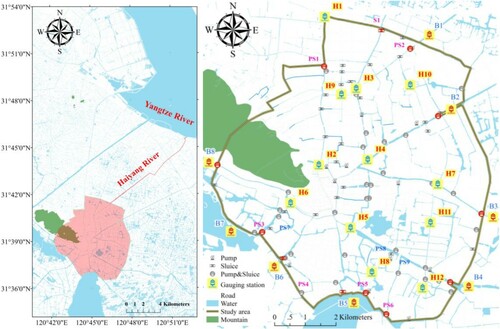
Table 1. Summary of dataset series and sources.
Table 2. Summary of parameter settings in optimization model and statistics of simulation model.
Figure 2. 1D dynamic model structure of the river networks in the study area as built using InfoWorks ICM software.
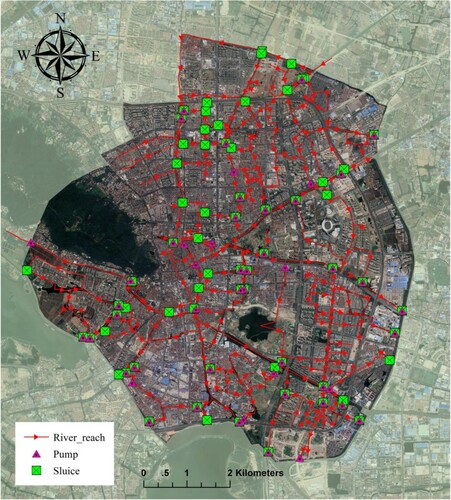
Table 3. Statistical parameters of NSE and SI calculated from sensitivity analysis (SD: standard deviation; CV: coefficient of variation).
Figure 4. NSE probability density of each gauging station is indicated by the violin plot; the box plot and white point inside each violin plot indicate the interquartile range and the average of NSE, respectively. The red line with triangle markers indicates the SI calculated by Equation (10).
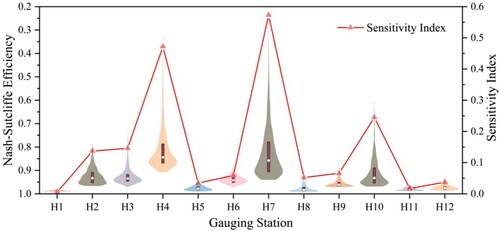
Figure 5. Spatial distribution of SI in study area as drawn using a kriging method with the calculated SI of each point in the simulation model.
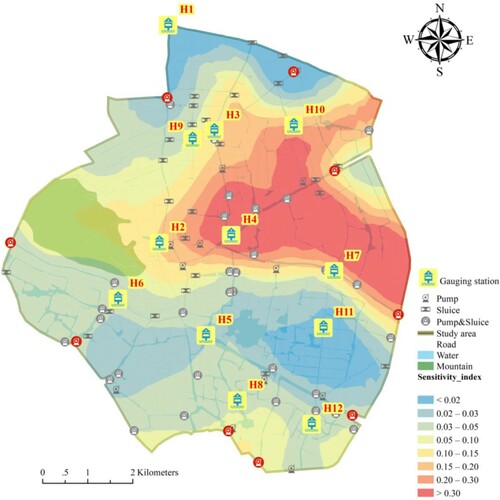
Figure 6. Gray line with blue triangles indicates fitness of each simulation. Each generation has 20 particles (realizations). Red line indicates global best fitness of each generation.
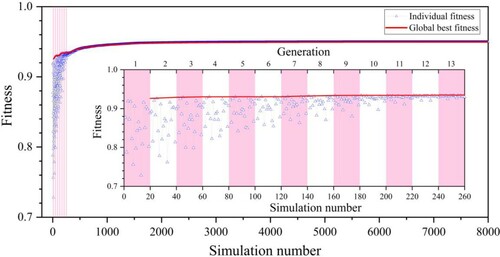
Figure 7. Individual performance during calibration. Blue triangles indicate NSE of each station for each simulation.
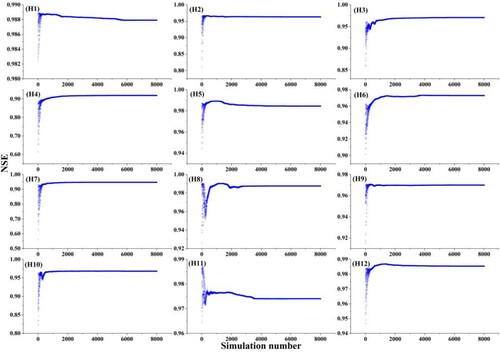
Figure 8. Calibration results for gauging stations. Red lines indicate best simulation results, and blue triangles indicate observed data.
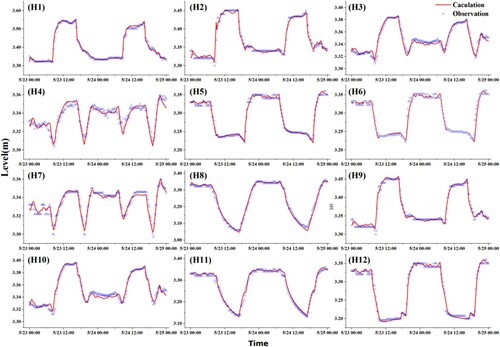
Table 4. Performance of optimization-simulation model for each gauging station. NSE, R, and PBIAS are shown for the best simulation.

